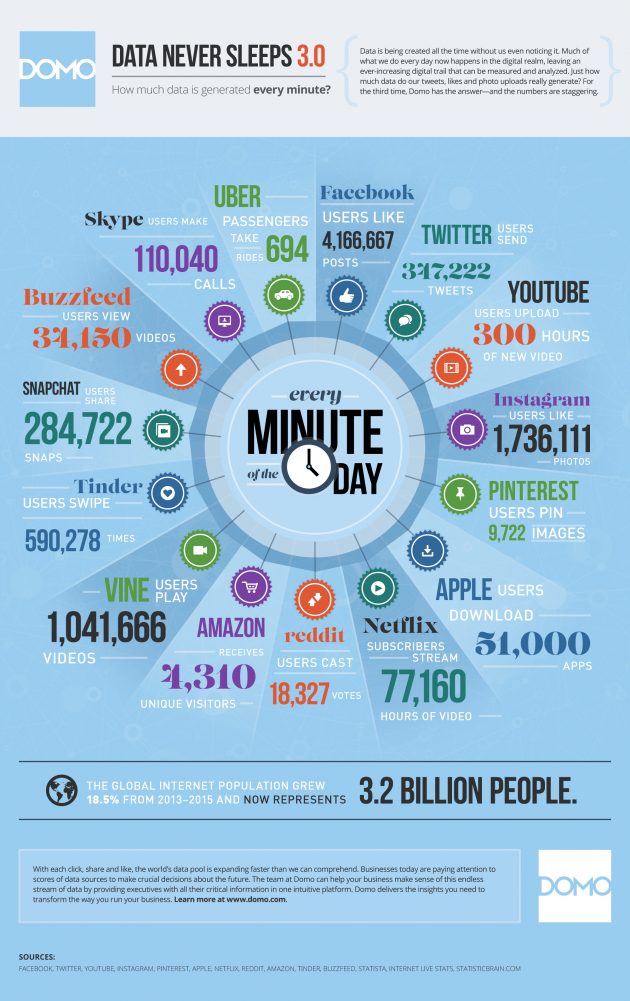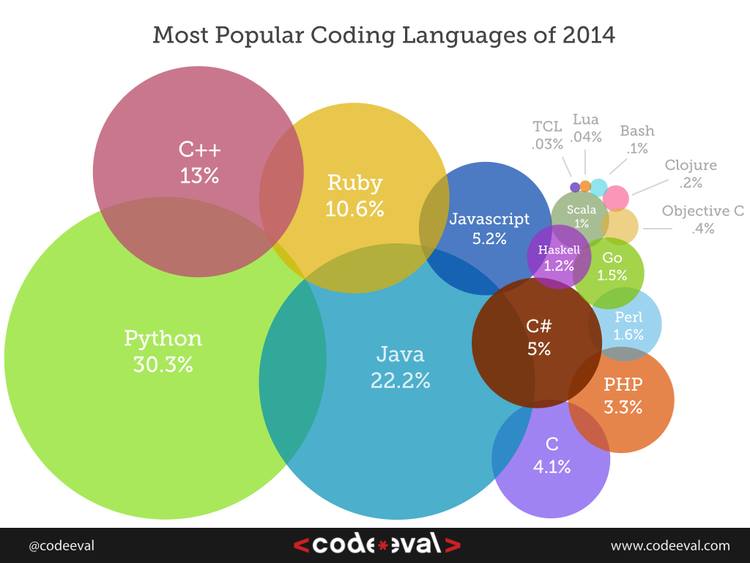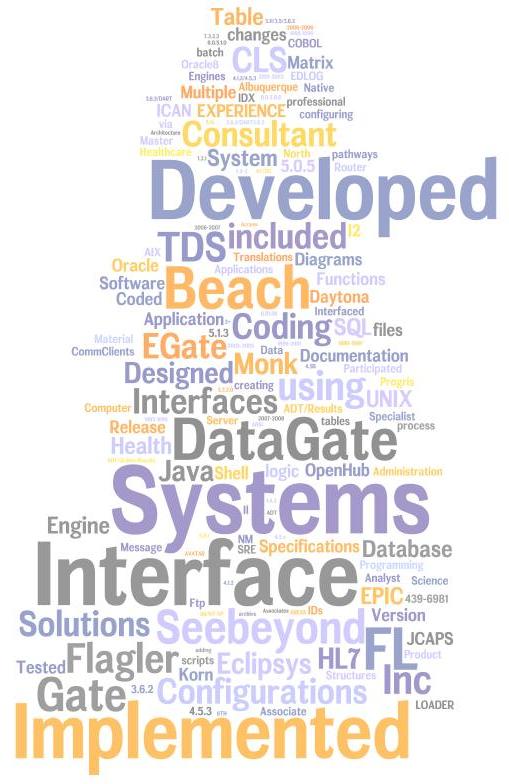President-elect wants to computerize the nation’s health care records in five years. But the plan comes with a hefty price tag, and specialized labor is scarce.
By
David Goldman, CNNMoney.com staff writer
January 12, 2009: 4:05 AM ET
NEW YORK (CNNMoney.com) — President-elect Barack Obama, as part of the effort to revive the economy, has proposed a massive effort to modernize health care by making all health records standardized and electronic.
Here’s the audacious plan: Computerize all health records within five years. The quality of health care for all Americans gets a big boost, and costs decline.
Sounds good. But it won’t be easy.
In fact, many hurdles stand in the way. Only about 8% of the nation’s 5,000 hospitals and 17% of its 800,000 physicians currently use the kind of common computerized record-keeping systems that Obama envisions for the whole nation. And some experts say that serious concerns about patient privacy must be addressed first. Finally, the country suffers a dearth of skilled workers necessary to build and implement the necessary technology.
“The hard part of this is that we can’t just drop a computer on every doctor’s desk,” said Dr. David Brailer, former National Coordinator for Health Information Technology, who served as President Bush’s health information czar from 2004 to 2006. “Getting electronic records up and running is a very technical task.”
It also won’t come cheap. Independent studies from Harvard, RAND and the Commonwealth Fund have shown that such a plan could cost at least $75 billion to $100 billion over the ten years they think the hospitals would need to implement program.
That’s a huge amount of money — since the total cost of the stimulus plan is estimated to cost about $800 billion, the health care initiative would be one of the priciest parts to the plan.
The biggest cost will be paying and training the labor force needed to create the network. Luis Castillo, senior vice president of Siemens Healthcare, a company that designs health care technology, said the laborers will have the extremely difficult task of designing a a system that “thinks like a physician.”
“Doctors cannot spend hours and hours learning a new system,” said Castillo. “It needs to be a ubiquitous, ‘anytime, anywhere’ solution that has easily accessible data in a simple-to-use Web-based application.”
But highly skilled health information technology professionals are as rare as they come, and many IT workers will need to be trained as health technology experts.
Early government estimates showed about 212,000 jobs could be created from this program, but Brailer said there simply aren’t that many Americans who are qualified.
Furthermore, ensuring the privacy of patients’ records in a nationalized computer network will be tricky. There are obvious concerns about hackers and system failures. And new online health record systems, such as Google Health are not currently subject to the Health Insurance Portability and Accountability Act, the national health privacy law.
“HIPAA was never intended for the digital age, because the laws never anticipated the emergence of Web-based records,” said Brailer. “Congress can pass one of numerous policy proposals for change, it’s just a question if they have the will to do that.”
Jobs and savings for the future
The Obama transition operation declined a request to elaborate on Obama’s proposal. The president-elect said Thursday in a speech on the economy that the benefits of a modernized national health record system go beyond just cost savings.
“This will cut waste, eliminate red tape, and reduce the need to repeat expensive medical tests,” said Obama. “It just won’t save billions of dollars and thousands of jobs — it will save lives by reducing the deadly but preventable medical errors that pervade our health care system,” he added.
Still, compared to the $2 trillion a year that the industry spends, the $100 billion experts say it may cost to implement Obama’s plan is a drop in the bucket.
“We must reduce waste to become more efficient” said Brailer.
The savings of such a plan could be substantial. Brailer estimates that a fully computerized health record system could save the industry $200 billion to $300 billion a year.
That could ultimately slow the rapid rise of health care premiums, which have cut into Americans’ paychecks. While wages are rising at a rate of around 3% a year, health care costs are growing at about three times that rate.
“Obama’s support for electronic medical records is one of the key efforts of health reform that actually will deliver lower costs for hard-working American families,” said Larry McNeely, a health care advocate at U.S. Public Interest Research Group. “Long-term savings can’t happen unless we have 21st century health information technology.”
Massachusetts has developed a plan to fully computerize records at its 14,000 physicians’ offices by 2012 and its 63 hospitals by 2014. After a pilot program, the state legislature estimates it will cost about $340 million to build the statewide computer system, with a cost of about $2 million per hospital.
“[Obama’s] timeframe is very ambitious, but there is a need to be able to track data on patients and talk across providers and health care systems,” said Dr. JudyAnn Bigby, Secretary of Health and Human Services for Massachusetts. “The program will allow for greater patient safety.”
Some say some of the hard work has begun. The Bush administration laid much of the groundwork for the program, leading to several pilot programs in a handful of states, as well as a standardization of medical records.
“The whole structure has already been developed,” said Stephen Schoenbaum, executive director of The Commonwealth Fund’s commission on a high performance health system. “It’s feasible to at least make a lot of progress on this in the next five years.” 











